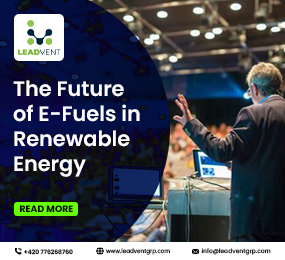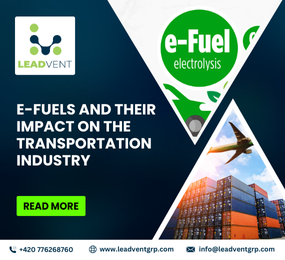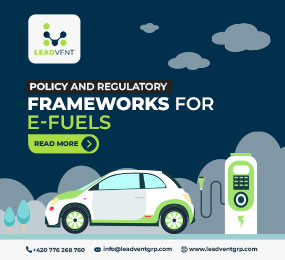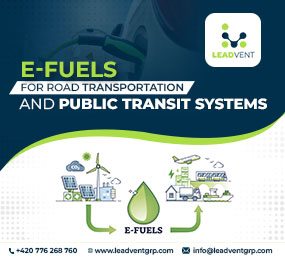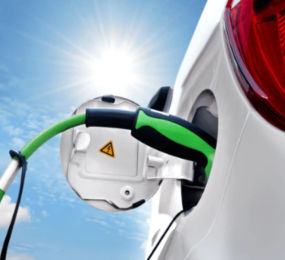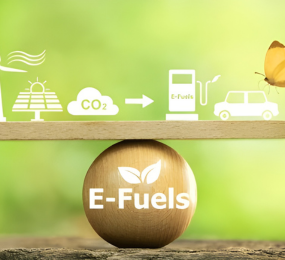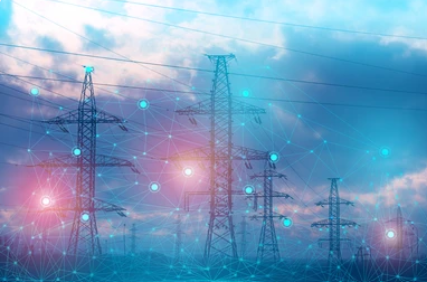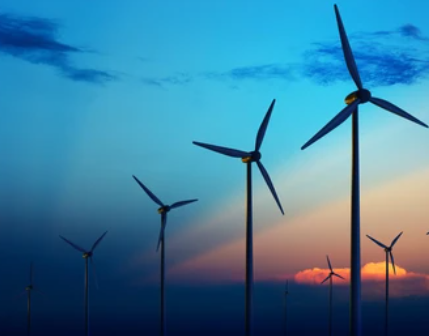World E-Fuels: Powering the Path to Sustainable Mobility
In the global race to decarbonize, one solution is quietly gaining traction: e-fuels. These synthetic fuels, produced using renewable electricity and captured carbon dioxide, promise to decarbonize sectors where electrification alone falls short—aviation, shipping, and heavy transport, to name a few. As countries double down on net-zero targets, World E-Fuels are no longer a distant concept—they are becoming a key piece of the clean energy puzzle.
What Are E-Fuels?
E-fuels—short for electrofuels—are synthetic hydrocarbons created by combining green hydrogen (produced from renewable electricity through electrolysis) with captured CO?. The result is a liquid fuel that can power existing combustion engines and infrastructure, but without the net carbon emissions associated with fossil fuels.
Unlike fossil fuels, e-fuels are closed-loop: the CO? emitted when burned is equal to what was captured to produce them. That makes them particularly attractive for sectors where batteries are impractical due to weight, range, or refueling limitations.
Why They Matter
The global spotlight is often on electric vehicles, but electricity isn't the right tool for every job. Long-haul aviation and maritime transport face enormous challenges when it comes to battery weight and charging logistics. E-fuels offer an alternative that doesn’t require reinventing the wheel—or, in this case, the entire fuel infrastructure.
For example, a commercial airliner can’t afford the downtime or payload loss that comes with current battery technology. But drop-in e-kerosene, chemically similar to traditional jet fuel, can be used with minimal modifications. That’s not just convenient—it’s revolutionary.
Progress and Global Momentum
Around the world, investment in e-fuels is picking up pace. Germany is backing major e-fuel pilot projects, including the Haru Oni plant in Chile, which aims to produce synthetic fuel using Patagonia’s abundant wind energy. The European Union is also considering e-fuels as a compliant option for carbon reduction in its Fit for 55 package.
Automakers, particularly in Germany and Japan, are showing renewed interest in e-fuels as a way to extend the life and sustainability of internal combustion engines. Meanwhile, the shipping and aviation industries are actively exploring e-fuels as a viable path toward decarbonization.
Challenges Still Ahead
Despite the momentum, challenges remain. E-fuel production is energy-intensive, requiring vast amounts of renewable power. Scaling up will demand not only
technological advances, but also coordinated infrastructure investment and supportive regulatory frameworks. For now, e-fuels are more expensive than fossil fuels, but economies of scale—and carbon pricing—could shift that balance in the years to come.
Takeaway
E-fuels may not replace electricity, but they complement it in critical ways. As the world works toward a cleaner future, e-fuels offer a practical, scalable solution for the hard-to-electrify corners of transport and industry. The path won’t be easy—but it’s one worth paving.
Learn more on our website: https://www.leadventgrp.com/events/2nd-annual-world-e-fuels-summit/details
For more information and group participation, contact us: [email protected] .
Leadvent Group - Industry Leading Events for Business Leaders!
www.leadventgrp.com | [email protected]


